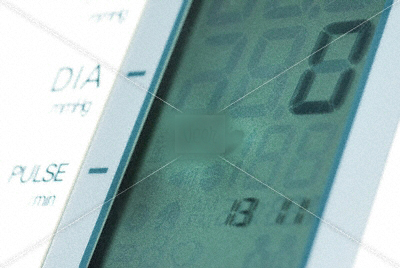Summary
The application of home telehealth to the management of renal disease is a relatively recent development. It may be used for educational purposes, including the training of patients beginning home dialysis, or for remotely monitoring patients’ clinical status.
Details
Basic Model
Given the low number of studies retrieved, it is not possible to identify a prototypical home telehealth intervention for renal disease. A basic summary of each intervention follows.
Gallar et al. (2007) trialed the use of telemedicine to replace in-person medical consultations. Content of appointments included evaluation of catheter site and assessment of patient dialysis technique. In the intervention group, half of scheduled appointments were completed through videoconferencing. Patients were provided with a device that linked to their home television, while a nurse at the participating hospital used a computer equipped with a webcam. A noteworthy aspect of this intervention was the nurse’s ability to control the patient’s camera remotely. The care received by the control group is not described in detail. Outcomes reported include hospitalization rate and costs.
In the study by Michael et al. (2009), participants were given a home telehealth device that allowed monitoring of blood pressure, pulse, weight, and oxygen saturation. Patients could provide additional information by answering a set of pre-scripted questions through the device. They were asked to upload all data once a day on days when they completed dialysis, and twice a day on non-dialysis days. As in Gallar et al. (2007), the intervention was overseen by a nurse; however, in Michael et al. (2009), the nurse accessed patient data through an online program, contacting the patient only when clinical values fell outside pre-set parameters. It was not clear whether such values were automatically flagged by the system or identified by the provider. Primary outcomes were hospitalizations and blood pressure.
The discussion and conclusion portions of both studies emphasize feasibility and uptake rather than clinical outcomes. This may be attributable to the early state of the field.
Human Resource Requirements
Provider involvement in Michael et al. (2009) and Gallar et al. (2007) appeared limited to nurses. The majority of work was done remotely, although several participants in Michael et al. (2009) required home visits and personal instruction in order to use the telehealth devices. It is not clear whether these visits were conducted by a study nurse or by additional study personnel.
Technical Requirements
Michael et al. (2009) used a home telehealth device that monitored multiple values, including blood pressure, pulse, weight, and oxygen saturation. The model of device selected had previously been used in the management of patients with cardiomyopathy. Patients were required to have a home telephone line, and the study nurse needed access to an internet-enabled computer in order to use the online monitoring program.
Required equipment in Gallar et al. (2007) consisted of videoconference units designed for television hook-up (patient end) and computers with webcams (provider end). As noted above, providers were able to control the patients’ cameras remotely.
Departures from Basic Model
Not applicable due to the small number of studies retrieved (see C.4.2.1: Basic Model).
